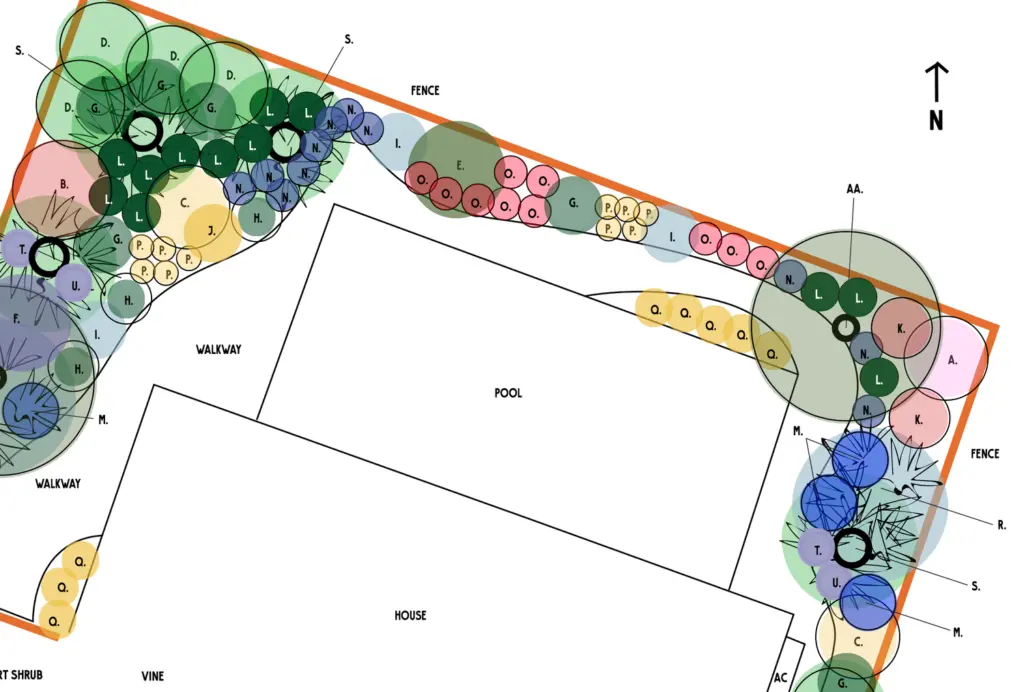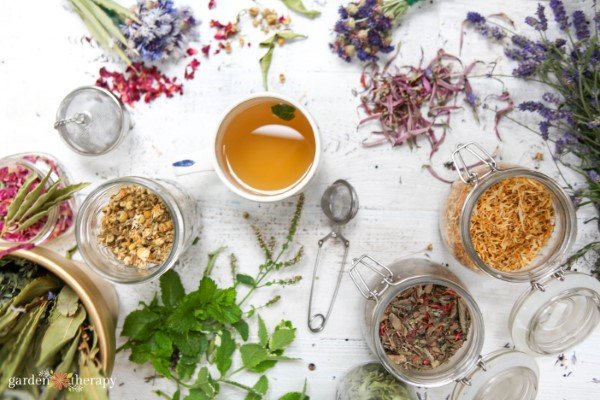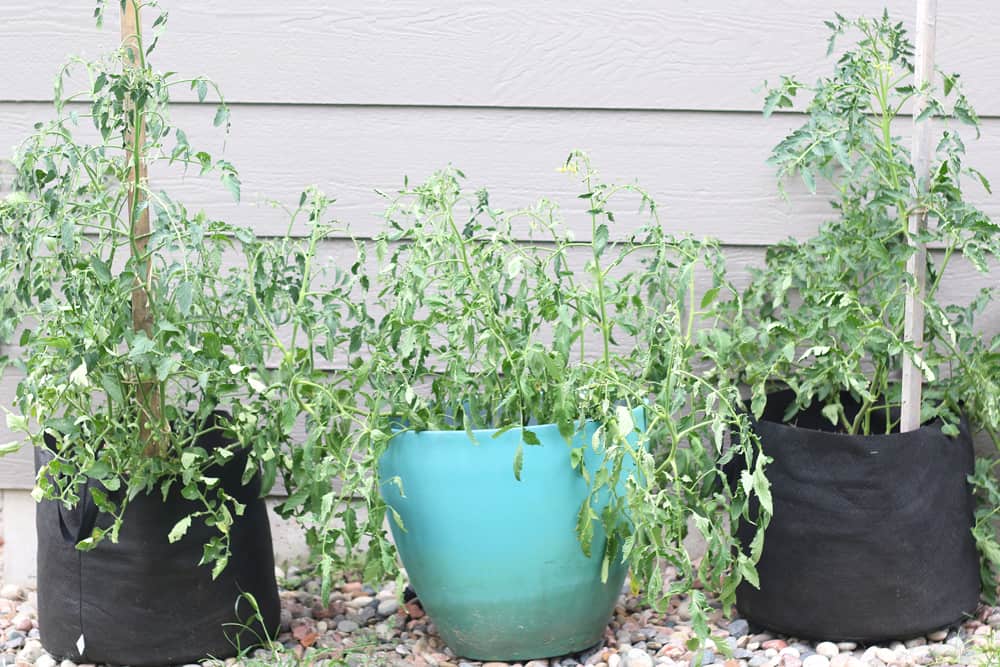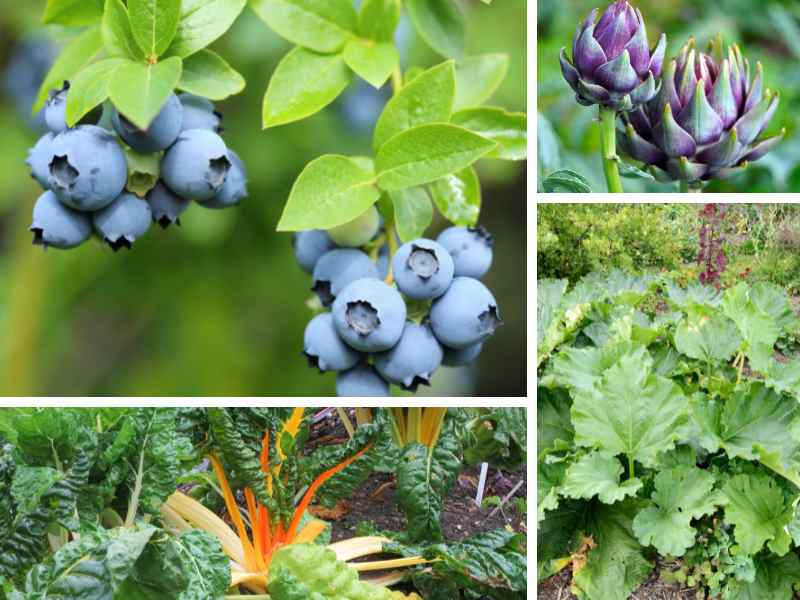
Introduction: Embracing the Wild Beauty of Native Plant Forest Gardens
Imagine stepping into a garden that feels less like a manicured landscape and more like a thriving, miniature forest. A place where the air hums with the buzz of native bees, the rustling of leaves tells ancient stories, and the vibrant colors of indigenous flora paint a breathtaking scene. This is the allure of a native plant forest garden design – a harmonious blend of ecological principles and aesthetic beauty.
In a world increasingly disconnected from nature, creating a native plant forest garden offers a powerful way to reconnect with the environment, support local biodiversity, and cultivate a sustainable and resilient landscape. It’s not just about planting pretty flowers; it’s about creating a living ecosystem that benefits both humans and the planet.
This comprehensive guide will delve into the intricacies of designing a native plant forest garden, from understanding the ecological benefits to selecting the right plants and implementing sustainable practices. Whether you’re a seasoned gardener or a complete novice, you’ll find the knowledge and inspiration you need to transform your outdoor space into a thriving native haven.
Understanding the Ecological Benefits
Before diving into the design process, it’s crucial to understand the profound ecological benefits that native plant forest gardens offer. These gardens are more than just aesthetically pleasing; they are vital ecosystems that support a complex web of life.
Supporting Pollinators and Wildlife
Native plants are the foundation of local ecosystems, providing essential food and habitat for pollinators like bees, butterflies, and hummingbirds. These pollinators, in turn, are crucial for the reproduction of many plants, including those that provide us with food. By planting native species, you’re directly supporting these vital creatures and contributing to the health of the entire ecosystem.
Furthermore, native plants provide shelter and food for a wide range of wildlife, from birds and small mammals to amphibians and reptiles. They create a welcoming environment where these animals can thrive, contributing to a more diverse and resilient landscape.
Conserving Water and Reducing Maintenance
One of the most significant advantages of native plants is their ability to thrive in local conditions with minimal intervention. They are adapted to the climate, soil, and rainfall patterns of the region, meaning they require less watering, fertilizing, and pest control than non-native species. This translates to significant water conservation and reduced maintenance, saving you time, money, and resources.
Native plants often have deeper root systems than non-natives, which helps them access water deep in the soil and makes them more drought-tolerant. They also help to improve soil health by adding organic matter and preventing erosion.
Improving Soil Health
Native plants play a crucial role in improving soil health. Their root systems help to aerate the soil, improve drainage, and prevent erosion. They also contribute organic matter to the soil as they decompose, enriching it with nutrients and supporting a healthy soil food web.
A healthy soil food web is essential for plant growth and overall ecosystem health. It consists of a complex network of organisms, including bacteria, fungi, protozoa, and nematodes, that break down organic matter and release nutrients that plants can use. Native plants support this food web by providing a diverse range of organic matter and creating a favorable environment for these organisms to thrive.
Reducing the Spread of Invasive Species
Invasive species are a major threat to biodiversity, outcompeting native plants and disrupting ecosystems. By planting native species, you’re helping to create a more resilient ecosystem that is better able to resist invasion. Native plants are adapted to the local environment and can effectively compete with invasive species for resources like sunlight, water, and nutrients.
Furthermore, native plants provide habitat for native insects and diseases that help to keep invasive species in check. By supporting these natural controls, you can reduce the need for chemical pesticides and herbicides, which can harm the environment and human health.
Designing Your Native Plant Forest Garden
Now that you understand the ecological benefits of native plant forest gardens, it’s time to start designing your own. This process involves careful planning, plant selection, and implementation of sustainable practices.
Assessing Your Site
The first step in designing your native plant forest garden is to assess your site. This involves understanding the soil type, sunlight exposure, drainage patterns, and existing vegetation. This information will help you choose the right plants for your garden and ensure their success.
Soil Type
The type of soil you have will significantly impact the plants you can grow. Some plants prefer well-drained sandy soil, while others thrive in heavy clay soil. You can determine your soil type by performing a simple soil test. This involves collecting a sample of soil and sending it to a laboratory for analysis. The results will tell you the texture, pH, and nutrient content of your soil.
If your soil is not ideal for the plants you want to grow, you can amend it by adding organic matter like compost, leaf mold, or well-rotted manure. This will improve the soil’s texture, drainage, and nutrient content.
Sunlight Exposure
The amount of sunlight your garden receives will also influence the plants you can grow. Some plants require full sun (at least six hours of direct sunlight per day), while others prefer partial shade (two to six hours of direct sunlight per day) or full shade (less than two hours of direct sunlight per day). Observe your garden throughout the day to determine how much sunlight it receives in different areas.
When choosing plants, consider their sunlight requirements and place them accordingly. Plants that require full sun should be planted in areas that receive at least six hours of direct sunlight per day, while plants that prefer shade should be planted in areas that receive less sunlight.
Drainage Patterns
Proper drainage is essential for plant health. If your soil is poorly drained, it can lead to root rot and other problems. Observe your garden after a heavy rain to see how well the water drains. If water puddles for more than a few hours, your soil may be poorly drained.
You can improve drainage by adding organic matter to the soil, creating raised beds, or installing a drainage system. Raised beds are particularly effective in areas with heavy clay soil.
Existing Vegetation
Take note of any existing vegetation on your site. Are there any native plants that you can incorporate into your garden design? Are there any invasive species that you need to remove? Understanding the existing vegetation will help you create a garden that is in harmony with the surrounding environment.
If you have any invasive species on your site, it’s important to remove them before planting your native plants. Invasive species can outcompete native plants for resources and disrupt the ecosystem.
Selecting Native Plants
Choosing the right native plants is crucial for the success of your forest garden. Select plants that are adapted to your local climate, soil, and sunlight conditions. Consider the size, shape, and flowering time of each plant to create a visually appealing and ecologically diverse garden.
Researching Local Native Plants
The best way to select native plants is to research the species that are native to your local area. Contact your local native plant society, botanical garden, or university extension office for information on native plants in your region. You can also find online resources that provide information on native plants.
When researching native plants, consider their size, shape, flowering time, and habitat requirements. Choose plants that will thrive in your garden’s conditions and provide a variety of benefits to wildlife.
Considering Plant Layers
A forest garden typically consists of multiple layers of plants, mimicking the structure of a natural forest. These layers include:
- Canopy Layer: The tallest trees that provide shade and shelter.
- Understory Layer: Smaller trees and shrubs that grow beneath the canopy.
- Shrub Layer: Shrubs that provide food and habitat for wildlife.
- Herbaceous Layer: Groundcover plants, wildflowers, and herbs.
- Root Layer: Plants grown for their edible roots and tubers.
- Groundcover Layer: Plants that spread horizontally and cover the ground.
- Vine Layer: Climbing plants that grow on trees and shrubs.
When designing your forest garden, consider incorporating plants from each of these layers to create a diverse and functional ecosystem.
Choosing Plants for Specific Purposes
In addition to considering the structure of your forest garden, you can also choose plants for specific purposes. For example, you might choose plants that attract pollinators, provide food for wildlife, or improve soil health.
Here are some examples of plants that can be used for specific purposes:
- Pollinator Attractants: Bee balm, coneflower, milkweed
- Wildlife Food: Serviceberry, elderberry, oak
- Soil Improvement: Clover, alfalfa, comfrey
Creating a Planting Plan
Once you’ve selected your native plants, it’s time to create a planting plan. This involves mapping out the location of each plant in your garden, considering its size, shape, and sunlight requirements. A well-designed planting plan will ensure that your plants have enough space to grow and that they receive the appropriate amount of sunlight.
Mapping Out Your Garden
Start by creating a map of your garden, noting the location of existing trees, shrubs, and other features. Then, use your planting plan to mark the location of each new plant. Be sure to consider the mature size of each plant when determining its placement.
Considering Plant Spacing
Proper plant spacing is essential for plant health. Plants that are too close together will compete for resources like sunlight, water, and nutrients. Plants that are too far apart will leave bare patches of soil that can be colonized by weeds.
Consult your plant tags or online resources to determine the appropriate spacing for each plant. In general, larger plants should be spaced further apart than smaller plants.
Preparing the Soil
Before planting your native plants, it’s important to prepare the soil. This involves removing any weeds or debris, amending the soil with organic matter, and tilling or digging the soil to loosen it.
Removing Weeds and Debris
Remove any weeds, grass, or other unwanted vegetation from your planting area. You can do this by hand-pulling, hoeing, or using a garden fork. Be sure to remove the roots of the weeds to prevent them from growing back.
Also, remove any rocks, sticks, or other debris from the planting area. This will make it easier to plant your native plants and ensure that they have a healthy growing environment.
Amending the Soil with Organic Matter
Amend the soil with organic matter like compost, leaf mold, or well-rotted manure. This will improve the soil’s texture, drainage, and nutrient content. Incorporate the organic matter into the soil using a garden fork or tiller.
Tilling or Digging the Soil
Till or dig the soil to loosen it and improve drainage. This will make it easier for your native plants to establish their roots. Use a garden fork or tiller to break up the soil to a depth of at least 12 inches.
Planting Your Native Plants
Now that you’ve prepared the soil, it’s time to plant your native plants. This involves digging holes, placing the plants in the holes, and backfilling with soil.
Digging Holes
Dig holes that are slightly larger than the root balls of your native plants. The holes should be deep enough so that the top of the root ball is level with the surrounding soil.
Placing the Plants in the Holes
Carefully remove the plants from their containers and gently loosen the root balls. Place the plants in the holes, ensuring that the top of the root ball is level with the surrounding soil.
Backfilling with Soil
Backfill the holes with soil, gently firming the soil around the root balls. Water the plants thoroughly after planting to help them establish their roots.
Maintaining Your Native Plant Forest Garden
Once you’ve planted your native plants, it’s important to maintain your forest garden to ensure its long-term health and success. This involves watering, weeding, mulching, and pruning.
Watering
Water your native plants regularly, especially during dry periods. Native plants are generally drought-tolerant, but they still need water to thrive. Water deeply and infrequently, rather than shallowly and frequently. This will encourage the plants to develop deep roots, which will make them more drought-tolerant.
Weeding
Weed your native plant forest garden regularly to prevent weeds from outcompeting your native plants. Hand-pull weeds or use a hoe to remove them. Be sure to remove the roots of the weeds to prevent them from growing back.
Mulching
Mulch your native plant forest garden with organic mulch like wood chips, shredded bark, or leaf mold. Mulch helps to suppress weeds, retain moisture, and improve soil health. Apply a layer of mulch 2-3 inches thick around your plants.
Pruning
Prune your native plants as needed to maintain their shape and health. Remove any dead, diseased, or damaged branches. Prune flowering plants after they have finished blooming. Consult a pruning guide for specific information on pruning different types of plants.
Conclusion: Creating a Sustainable and Beautiful Landscape
Creating a native plant forest garden design is a rewarding experience that offers numerous ecological and aesthetic benefits. By choosing native plants, you can support local biodiversity, conserve water, improve soil health, and reduce the spread of invasive species. With careful planning, plant selection, and maintenance, you can transform your outdoor space into a thriving native haven that benefits both humans and the planet.
Embrace the beauty and resilience of native plants and create a forest garden that will thrive for years to come. Your efforts will not only enhance your own property but also contribute to the health and well-being of the entire ecosystem.
So, take the first step towards creating your own native plant forest garden today. Research your local native plants, assess your site, and start planning your design. With a little effort and dedication, you can create a sustainable and beautiful landscape that will be a source of joy and inspiration for years to come.



